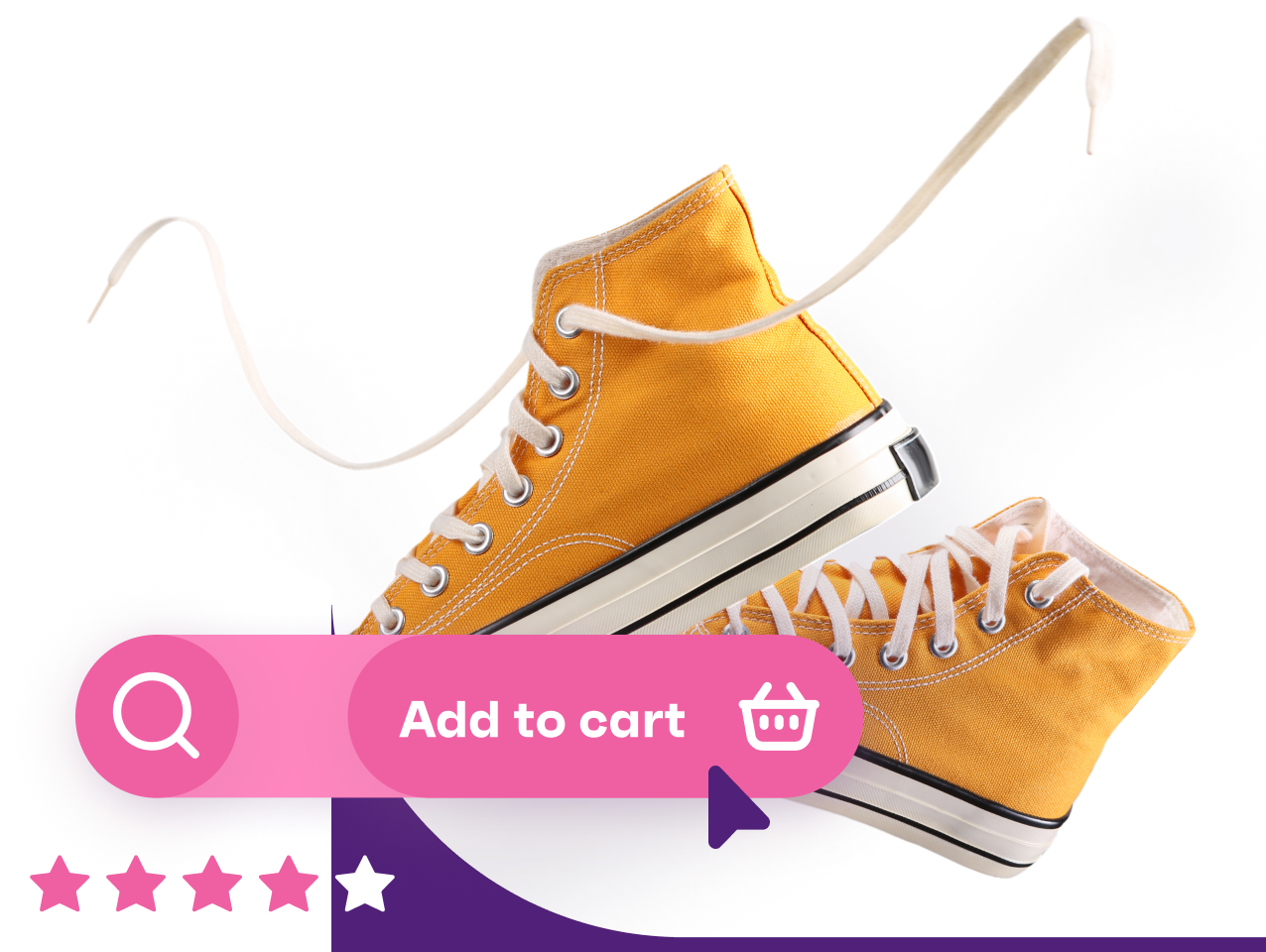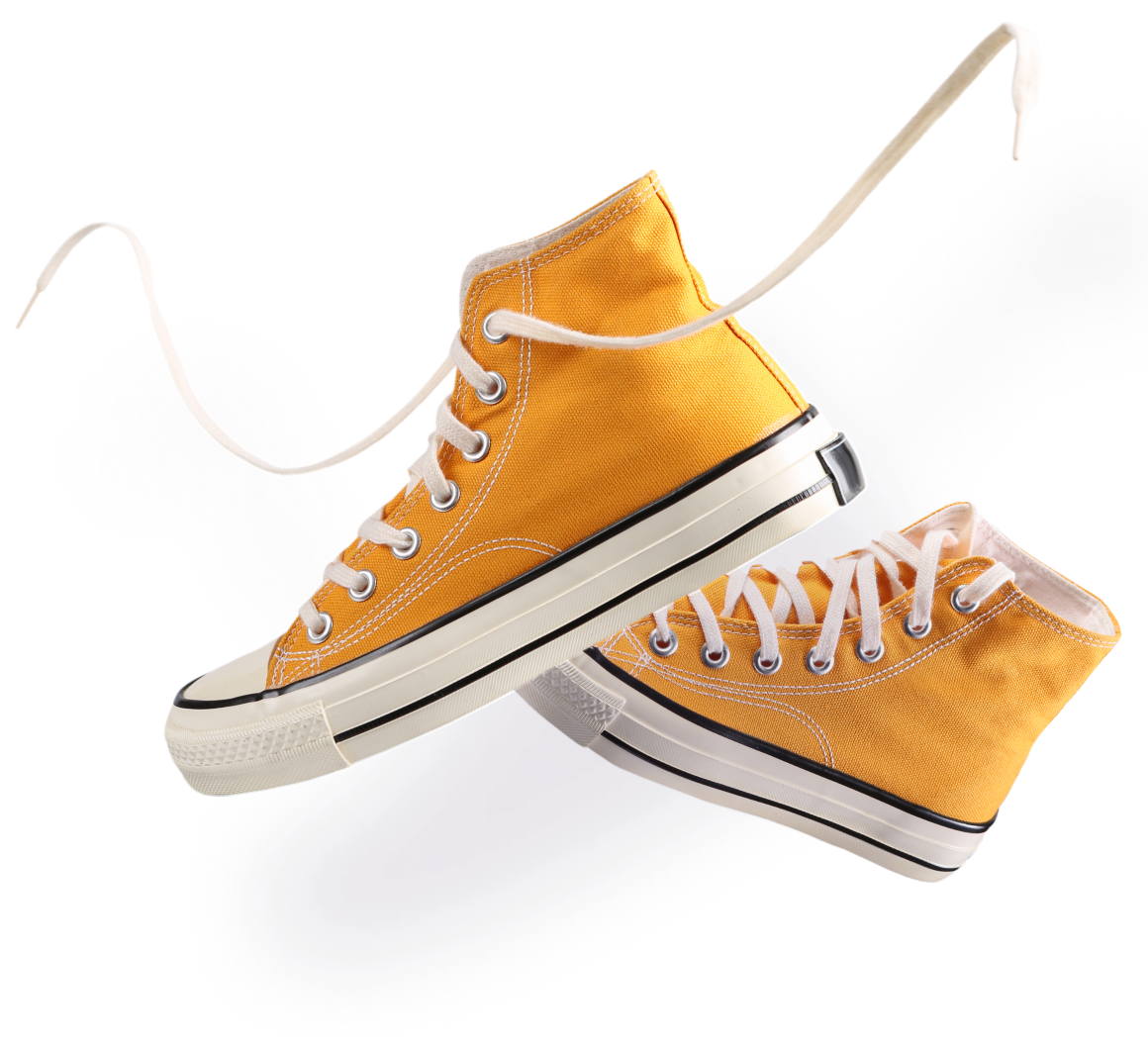
As seen on social media
How consumers are finding products in 2023

SCROLL FOR MORE






SCROLL FOR MORE




In 2014, Susan Philips was among the first to put forward a revolutionary new idea: in the near future, we won’t search for products; companies will find us through social media.
This was probably hard to imagine back then, at a time when most people started their shopping experience on Google or Amazon. If you wanted to land more online sales, you’d focus on using good keywords in your product descriptions.
The aim of the game has always been to get in front of customers where they’re searching, but today, we’re playing on a different pitch.
In fact, Susan’s prediction is starting to look a lot like reality. According to recent data shared by Google, nearly half of young people look to TikTok or Instagram instead of Google Maps or Search for answers.
This has big implications for many online retailers, who now need to rethink their approach to succeeding online.
Unlock the full digital experience and receive a good ol’ fashioned PDF, too.
When trying to understand why social media has become the first stop on many people’s buying journey, their relationship with the internet is a good starting point.
While finding information is still the top reason we give for going online, it doesn’t call the shots like it used to. Similarly, less emphasis is being placed on researching products, and there’s been an 8% drop in consumers saying they do this before buying an item since 2020.
Senior VP at Google
This open-ended style of browsing is both a product of TikTok and the reason it’s so popular. 16-24s were the first users of the app, known for its highly personalized algorithm and exciting visuals, and we can see the effect it’s had on them.
While Gen Z are more likely to buy online than baby boomers, they’re less likely to describe purchasing as a top benefit of the internet (25% vs 44%); instead, community/interests are worth a whole lot more (23% vs 10%). In other words, younger audiences start their search from a place of curiosity and expect to be led down a fun rabbit hole of new ideas, rather than directed to a list of brands or products.
Many older consumers, who have firm expectations around using the internet, will keep relying on search engines. But we’re not likely to backtrack on the direction we’re headed, especially as newer generations take more control of the narrative.